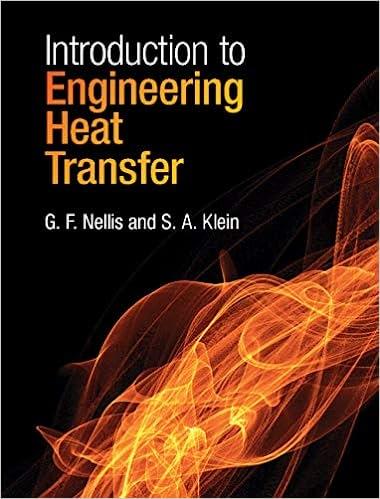Answered step by step
Verified Expert Solution
Question
1 Approved Answer
the blank data missing 1. In this experiment you used the graphical form of the Arrhenius Equation to calculate the activation energy. Let's try using
the blank data missing 

1. In this experiment you used the graphical form of the Arrhenius Equation to calculate the activation energy. Let's try using the Two-Point Form of the Arrhenius Equation to calculate the activation energy. The points you should use are 4 and 6. Did you get the same value as from your graph (within 10%)? In (* *-+-+] [ R 2. Write the Rate Law for the lodine Clock Reaction at room temperature using the k, m and n values you determined experimentally in part A. Use this Rate Law to predict the rate of this reaction if you ran the reaction at room temperature with initial concentrations of all reactants at 0.100 M 3. Did the point corresponding to Experiment 2 lie on your linear graph from part B? Should it? Explain briefly. 4. Did the reaction actually stop when the blue-black color appeared? Explain briefly. 5. Troutons' Rule states that "The rate of a chemical reaction roughly doubles for every 10C the temperature rises." How well does your data substantiate this statement? Illustrate. dence of Reaction Rate on Concentration Temperature Experiment 2 Experiment 3 -08 .02 Experiment1 [1'). Initial (moVL) .04 [S2082-1, initial (mol/L) .04 At - elapsed time (3) 19.03 Reaction Rate (mol Los) 6.0x100 Determining the order of the Reaction (round to nearest half-integer or whole-integer) m - Order of reaction with respect to I - = Order of reaction with respect to $20,2 = Overall order of the reaction - Calculating rate constant k (you will need to use the values of m and n above in Rate Law) Experiment1 Experiment 2 .08 .04 41:56 1.0x10-9 : 70x100 2 Experiment 3 Rate Constant = Average Rate Constant at Room Temp B. Dependence of Reaction Rate on Temperature. [1], initial T = Temperature (K) Experiment 4 273k 205 sec [S20,21, initial Experiment 5 Experiment 6 288K 303k 70 sec 33sec At-time elapsed (5) Rate (mol Lls!) k= Rate Constant 1/T (K) Ink 

Step by Step Solution
There are 3 Steps involved in it
Step: 1

Get Instant Access to Expert-Tailored Solutions
See step-by-step solutions with expert insights and AI powered tools for academic success
Step: 2

Step: 3

Ace Your Homework with AI
Get the answers you need in no time with our AI-driven, step-by-step assistance
Get Started


